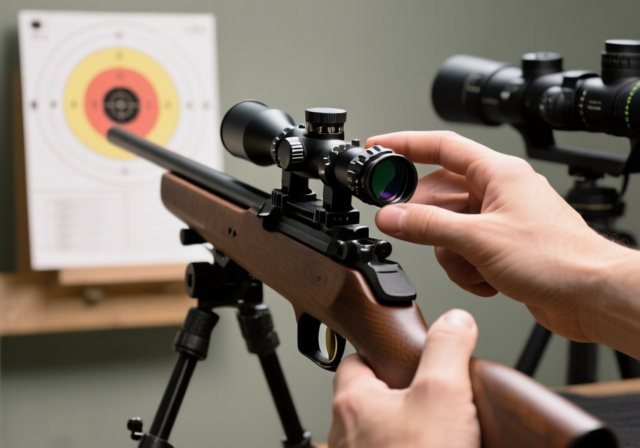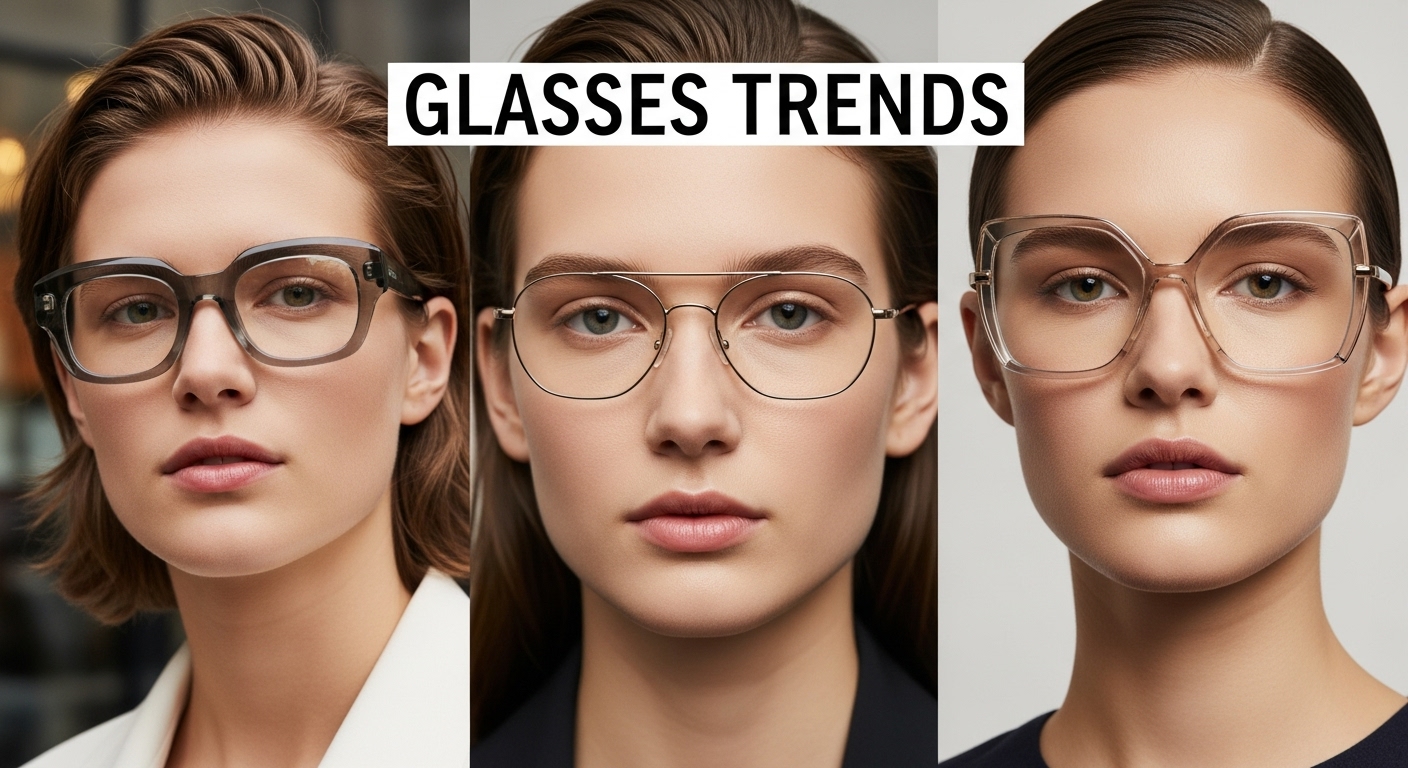

After testing dozens of optics and spending countless hours on shooting ranges, I’ve noticed one thing that confuses shooters more than anything: the terminology around reflex sights and red dot sights. Walk into any gun store, and you’ll hear these terms used interchangeably, often incorrectly.
Here’s the simple truth: All red dot sights are reflex sights, but not all reflex sights are red dot sights. Think of it like squares and rectangles – every square is a rectangle, but not every rectangle is a square. Red dot sights are specifically tube-style reflex sights enclosed in a housing, while reflex sights encompass both open and enclosed designs that use reflective optics to project an LED reticle.
This confusion isn’t just academic – I’ve seen shooters spend hundreds on the wrong optic for their needs. A competitive shooter who needs the widest field of view might choose a tube red dot out of ignorance, while a hunter needing weather protection might grab an open reflex sight and regret it in the first rainstorm.
In this guide, I’ll clear up the terminology confusion once and for all, show you exactly how each technology works, and help you choose the right sight for your specific application based on real-world experience, not marketing hype.
Before diving deep into the technical details, here’s a quick comparison to help you understand the key differences at a glance:
| Feature | Reflex Sights (Open Design) | Red Dot Sights (Tube Design) |
|---|---|---|
| Field of View | Wider, unobstructed viewing window | Limited by tube diameter |
| Weather Protection | Vulnerable to rain/snow/debris | Excellent protection from elements |
| Primary Use | Handguns, competition shooting | Rifles, hunting, tactical |
| Weight | Lighter (1-2 ounces typically) | Heavier (4-8 ounces typical) |
| Price Range | $150-$600 | $200-$1200 |
| Durability | Good, but exposed lens vulnerable | Excellent, fully protected |
| Battery Life | 1,000-50,000 hours | 5,000-100,000 hours |
| Popular Examples | Trijicon RMR, Holosun 507K, Vortex Venom | Aimpoint PRO, EOTech XPS2, Vortex Sparc |
This table gives you the nutshell version, but the real decision comes down to your specific needs. Let’s dive deeper into how each technology works and why those differences matter in the real world.
Reflex sights use a remarkably simple yet effective system that has revolutionized shooting. At their core, they consist of an LED emitter that projects light onto a reflective lens coated with special materials. When you look through the lens, you see a seemingly floating reticle (usually a red dot) superimposed on your target.
The magic happens through physics – the reflective coating is designed to bounce only specific wavelengths of light (typically red) back toward your eye while allowing all other light to pass through. This creates the illusion of a holographic dot floating in space, though it’s actually just reflected light.
Reflex Sight: An optical sight that uses an LED to project light onto a reflective lens, creating an illuminated reticle that appears to float at infinity. Includes both open and tube-style designs.
What makes reflex sights special is their parallax-free design within a certain range (typically 50 yards and under). This means the dot stays on target even if your eye position shifts slightly – a huge advantage in dynamic situations where perfect cheek weld isn’t possible.
The two main categories of reflex sights are open and enclosed designs. Open reflex sights feature a single lens exposed to the elements, offering a wider field of view but less protection. Enclosed reflex sights (often called “enclosed emitter” designs) add a protective housing around the lens while maintaining the open-style viewing window.
Tube red dot sights are essentially a subset of reflex sights that took the technology and made it more robust. Instead of a single exposed lens, they use a tube housing with two lenses – one at each end. The LED emitter sits inside this protected environment, and the reticle is projected through the front lens.
This tube design offers several advantages that made it the standard for military and law enforcement. First, the fully sealed housing provides superior protection from weather, debris, and impact. I’ve personally run tube sights through rainstorms, dust storms, and dropped them onto concrete – they just keep working.
Second, the tube design allows for more sophisticated electronics and better battery management. Premium tube red dots like the Aimpoint PRO can run for 5+ years on a single battery, something open reflex sights typically can’t match due to their compact size.
The trade-off comes in field of view and weight. The tube creates tunnel vision compared to open sights, and the added housing increases weight significantly. For a rifle where weight is less critical, this is an acceptable trade. For a handgun where every ounce matters, it can be a deal-breaker.
While we’re focusing on reflex vs red dot sights, it’s worth mentioning two other technologies that often enter the conversation. Holographic sights (like the EOTech series) use laser technology to project a true hologram of the reticle onto a glass window.
The result? A sharper dot that’s less affected by astigmatism and maintains its size when used with magnifiers. The downside is significantly higher cost and shorter battery life – typically 600-1000 hours versus the thousands of hours you get from LED-based systems.
Prism sights offer an interesting middle ground. They use etched glass reticles illuminated by fiber optics or LED, making them partially battery-independent. This makes them popular among shooters with astigmatism who find dots blurry. However, they’re typically heavier and offer limited eye relief compared to true reflex designs.
When it comes to handguns, reflex sights are the clear winner for most applications. The lighter weight profile (typically 1-2 ounces versus 4-8 ounces for tube sights) makes a huge difference in how the gun carries and handles.
For concealed carry, compact reflex sights like the Holosun 507K or Trijicon RMR have become the gold standard. Their slim profile doesn’t print through clothing, and the quick target acquisition they provide can make all the difference in a self-defense situation where seconds matter.
In competition shooting, the wider field of view of open reflex sights gives shooters faster target transition and better situational awareness. I’ve seen competitors pick up targets they would have missed with tube sights simply because they could see more of the stage.
The durability concern with open sights is real, but manufacturers have addressed this with “enclosed emitter” designs like the Holosun 507AC EXPS. These give you the wide field of view of an open sight with protection for the emitter – essentially the best of both worlds for serious handgun use.
For rifles and AR-15s, the choice becomes more nuanced and depends heavily on your intended use. For home defense or tactical applications where durability is paramount, tube red dot sights often have the edge.
The sealed housing protects against the worst conditions – think breaching, vehicle operations, or simply bouncing around in a patrol car. Military units have relied on tube sights like the Aimpoint CompM4 for decades precisely because they just don’t break.
Hunters, too, often prefer tube sights for their weather resistance. I learned this lesson the hard way when an open reflex sight on my deer rifle filled with snow during a hunt – I couldn’t see the dot until I cleared the lens, by which time my opportunity was gone.
For range plinking or competition where weight matters more than weather protection, reflex sights can be an excellent choice on rifles too. The lighter weight helps with balance, and the wider field of view is nice for engaging multiple targets quickly.
⏰ Pro Tip: If you plan to use a magnifier with your red dot, tube sights often work better. The enclosed design helps reduce dot bloom (where the dot appears larger and less precise) when magnified.
This is a topic many shooters don’t discover until they’ve already spent money on the wrong optic. Astigmatism affects about 1 in 3 people to some degree, and it can turn a crisp red dot into a blurry starburst or irregular shape.
If you suspect you have astigmatism (common symptoms include blurry dots, multiple dots, or irregular dot shapes), try this before buying: Look at a bright LED light through one eye, then the other. If the light looks different between eyes or appears irregular rather than perfectly round, you likely have some astigmatism.
For shooters with astigmatism, here are your options from best to worst:
Don’t discover you have astigmatism after spending $500 on a premium red dot like I did. Test your vision first, and consider holographic or prism options if dots appear blurry to you.
After helping dozens of shooters choose optics, I’ve identified the factors that actually matter versus marketing fluff. Here’s what to prioritize based on your budget and needs:
Budget Options ($100-$200): Look for basic functionality rather than features. Brands like Sightmark and Bushnell offer reliable tube red dots that work. You’ll sacrifice battery life and durability, but they’ll get you on target reliably.
Mid-Range ($200-$500): This is the sweet spot for most shooters. Holosun’s Shake Awake technology revolutionized this category – these sights automatically power on when they detect motion and off when idle, effectively giving you years of battery life. The Vortex Venom and StrikeFire II also offer excellent value here.
Premium ($500+): Military-grade durability and features. Aimpoint sets the standard with battery life measured in years, not hours. EOTech dominates the holographic market with unparalleled clarity. Trijicon offers premium options with both reflex and tritium/fiber optic combinations.
✅ Pro Tip: Don’t overlook mounting costs. Quality mounts run $50-$200 and are just as important as the optic itself. A $500 red dot on a $20 mount is asking for trouble.
Features Worth Paying For:
Features to Skip:
Remember: A $200 red dot you can afford to practice with is better than a $1000 safe queen. The best optic is the one you train with regularly.
Yes, all red dot sights are technically reflex sights since they use the same basic principle of reflecting an LED off a lens. However, not all reflex sights are red dot sights. The term “red dot sight” typically refers specifically to tube-style reflex sights enclosed in a housing, while “reflex sight” encompasses both open and enclosed designs.
Neither is inherently better – they’re optimized for different uses. Reflex sights excel on handguns due to lighter weight and wider field of view. Red dot sights (tube style) shine on rifles where durability and weather protection matter more. For concealed carry handguns, reflex sights are typically preferred. For hunting rifles in harsh conditions, tube red dots usually win.
Reflex sights excel at fast target acquisition in close to medium ranges (0-100 yards). They’re ideal for self-defense situations, competition shooting, and hunting where quick shots are needed. Handgun shooters love them for the speed advantage they provide over iron sights. They’re also great for shooters with aging eyes who struggle with traditional iron sight focus.
Reflex sights are most effective from 0-100 yards, with the sweet spot being 0-50 yards. Beyond 100 yards, the dot covers too much of the target for precise shooting. Some skilled shooters use them out to 200-300 yards, but at that point a magnified optic typically serves better. For defensive shooting, most engagements happen within 25 yards, making reflex sights perfect for that application.
Reflex sights can be problematic for shooters with astigmatism, as they may see the dot as blurry, starburst-shaped, or multiple dots instead of a crisp circle. Solutions include using larger MOA dots (6-8 MOA instead of 2-3 MOA), trying green reticles instead of red, or switching to holographic sights which are less affected by astigmatism. Prism sights with etched reticles are another excellent option for astigmatic shooters.
After years of testing and real-world use, here’s my final advice: Choose based on your primary application, not marketing hype or what’s popular. For handguns, reflex sights almost always make sense due to weight and field of view advantages. For rifles in harsh conditions or for professional use, tube red dots offer protection that can save you when it matters most.
The terminology confusion around reflex vs red dot sights has caused too many shooters to buy the wrong optic. Remember: All red dots are reflex sights, but not all reflex sights are red dots. Understanding this relationship helps you make informed decisions based on actual features and benefits, not confusing terminology.
Whatever you choose, train with it extensively. The best optic in the world is useless if you haven’t built the muscle memory to find the dot quickly under stress. Practice finding the dot without using the sight (dry fire practice), and train transitioning between multiple targets. Your skills matter far more than whether you chose a reflex or red dot sight.



